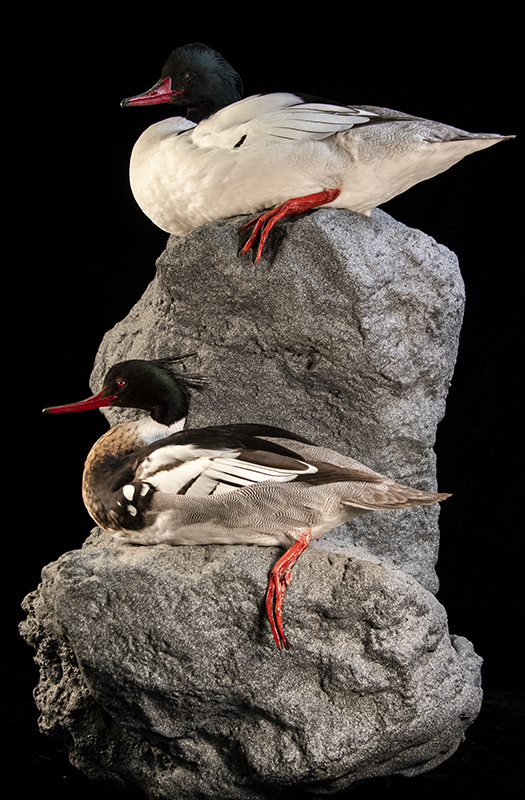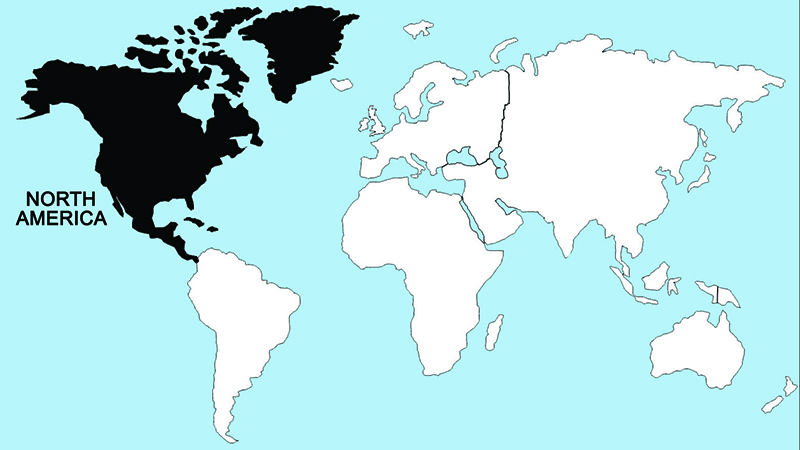Red-breasted Merganser

Although their bill shape identify them easily as a merganser, red-breasted mergansers are probably the least known among the 3 North American species. This is partially due to their nesting range which is outside of common observation. Their nesting range occurs across northern North America, from Alaska to eastern Canada and northward across the Arctic Circle and barely dips into the United States. Their wintering range also is somewhat different than that of hooded or common mergansers in that they tend to stay along coastal habitats using brackish or saltwater environments.
Another contrast between red-breasted and the other mergansers is their nesting sites are located on the ground, not in tree cavities. They typically lay 7-10 eggs and are subject to nest parasitism (i.e., other females laying eggs in their nest) and tend to have a later nesting season than hooded or common mergansers. Females also may brood young together forming large amalgamations of young. They do share the same diet as fish, insects, worms, crustaceans, and amphibians.
Red-breasted mergansers are not a common species observed in Nebraska, and would be found on larger ponds, lakes and reservoirs, mostly typically in winter and during spring and fall migration.
— Description by Mark Vrtiska
Regions Birds Are Found

Taxonomy
| Order | Anseriformes |
|---|---|
| Family | Anatidae |
| Sub Family | Anatinae |
| Species | Mergus |
| Genus | serrator |
Gender
Male
References
- Baldassarre, G. A. 2014. Ducks, geese, and swans of North America. John Hopkins University Press, Baltimore, Maryland.
- Bellrose, F. C. 1980. Ducks, Geese and Swans of the World. Stackpole Books, Harrisburg, Pennsylvania.
- Titman, R. D. 1999. Red-breasted Merganser (Mergus serrator). In A. Poole and F. Gill, editors, The Birds of North America, no. 443. Birds of North America, Philadelphia, Pennslyvania.